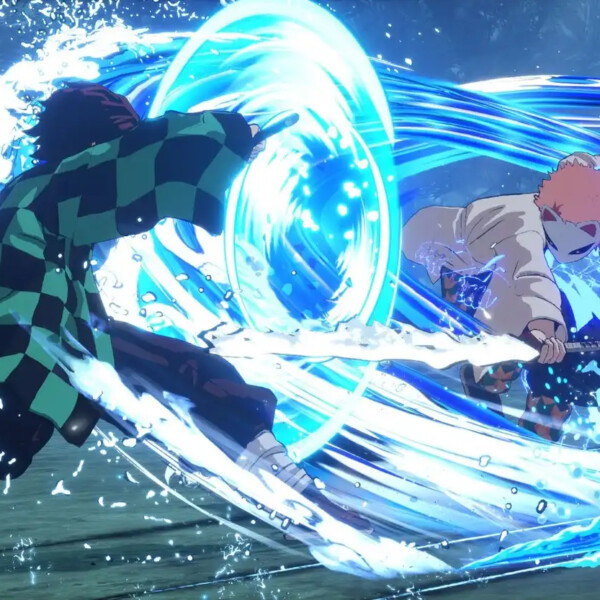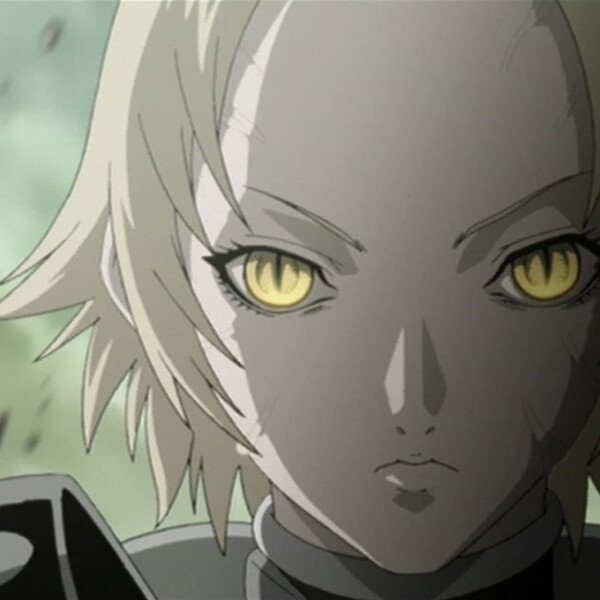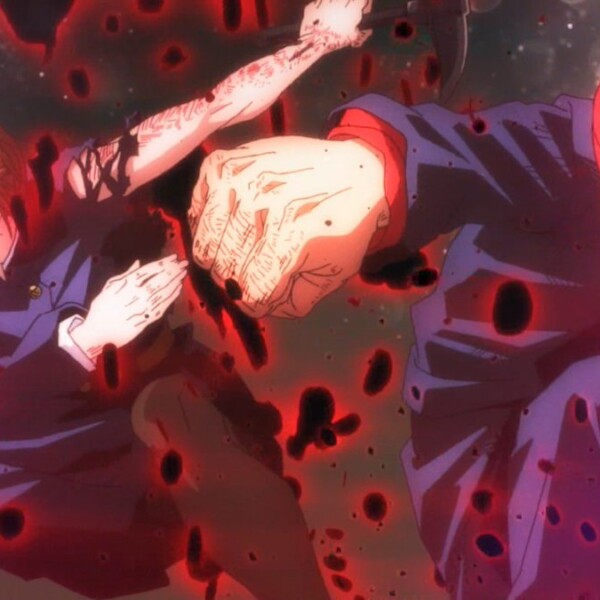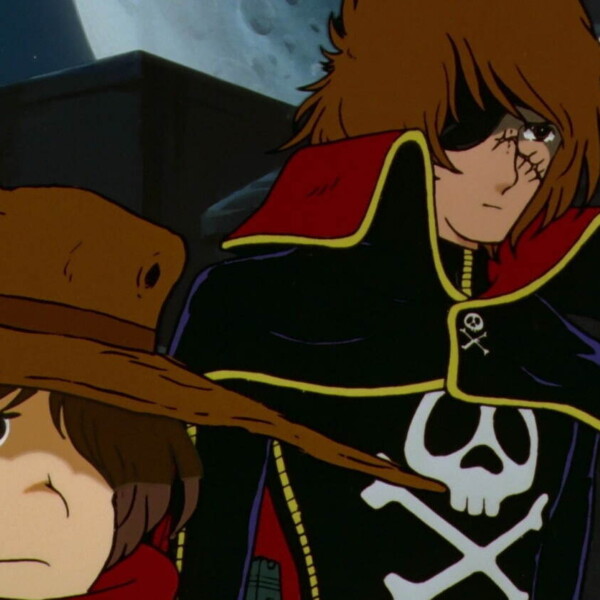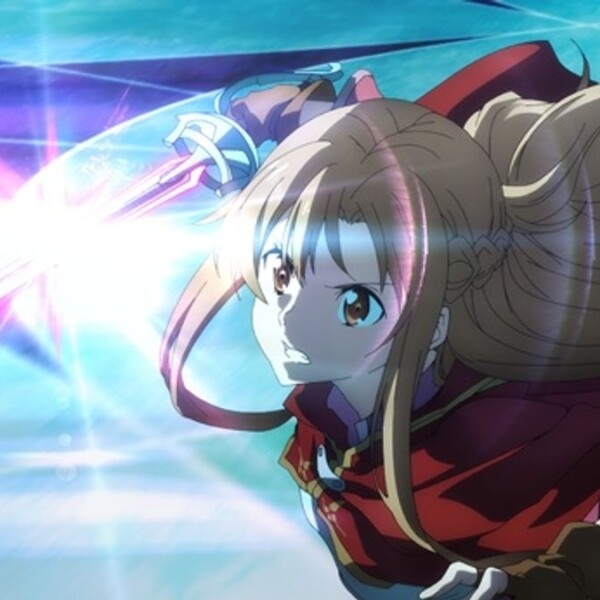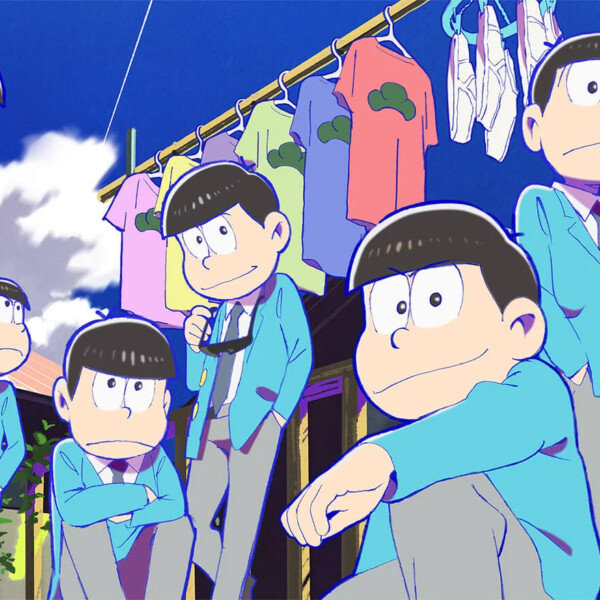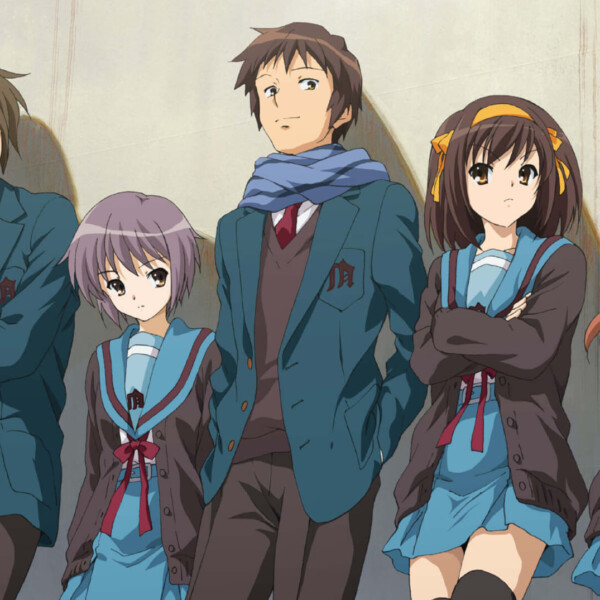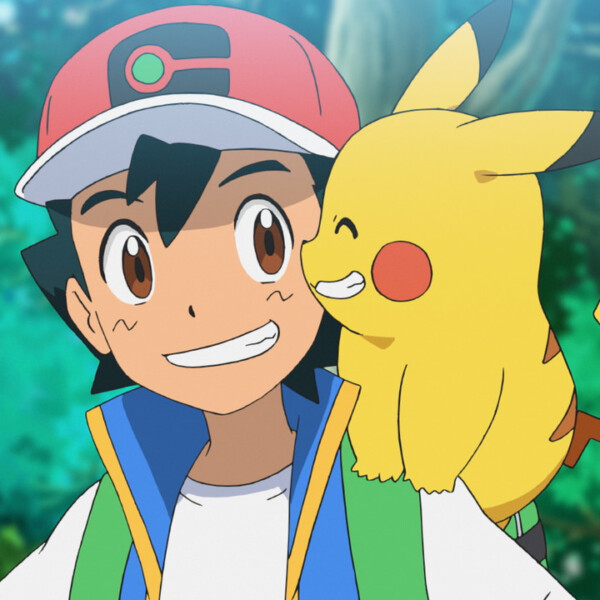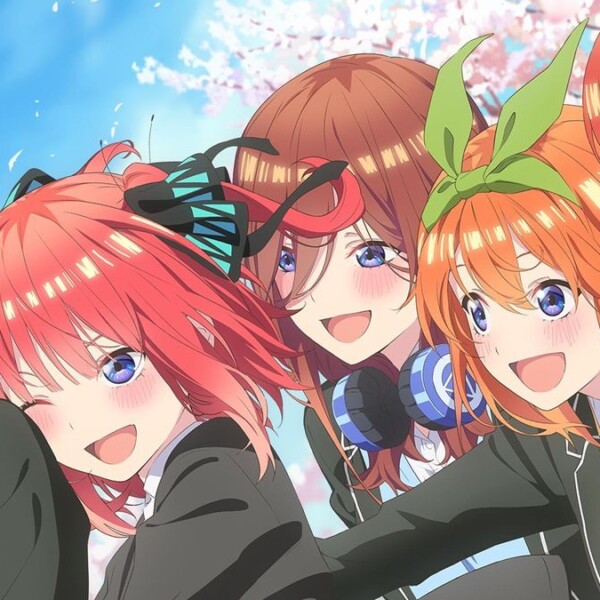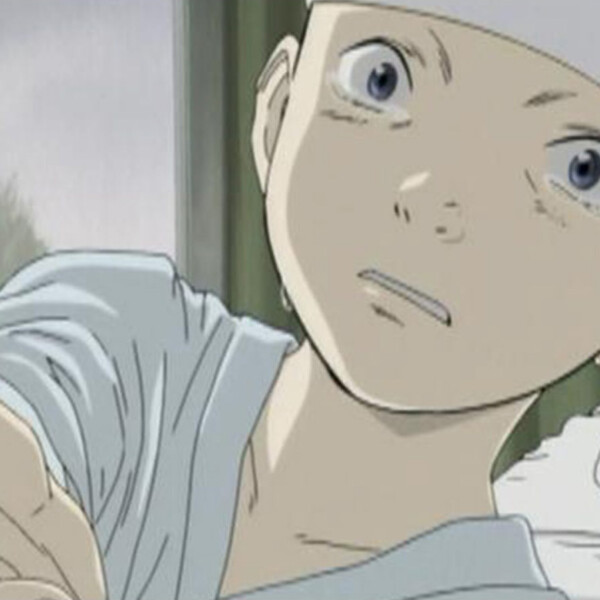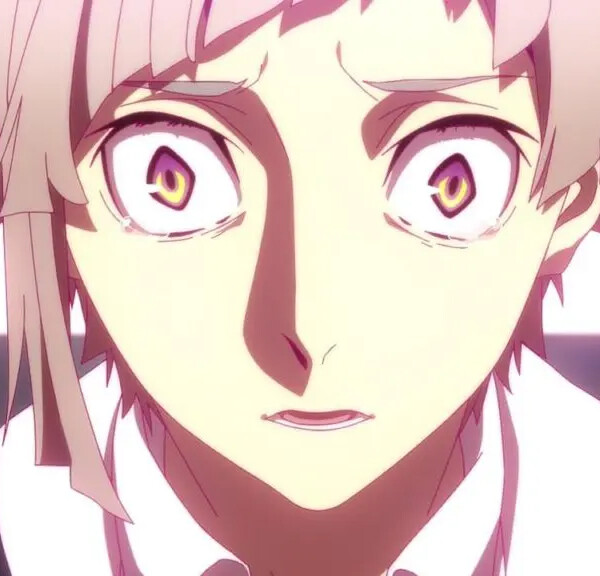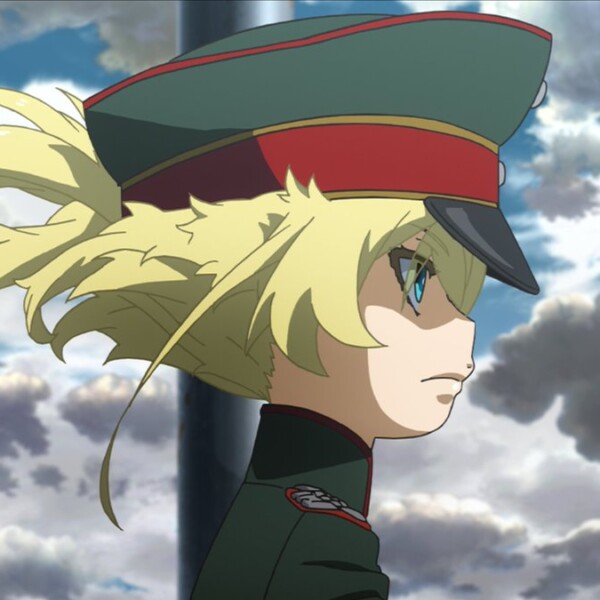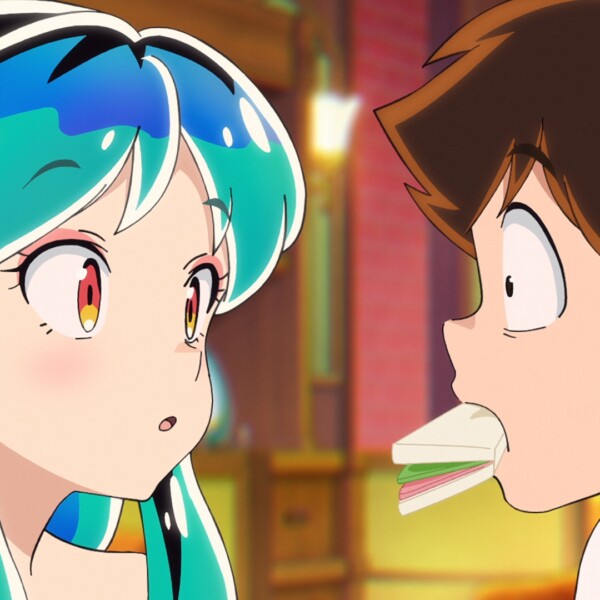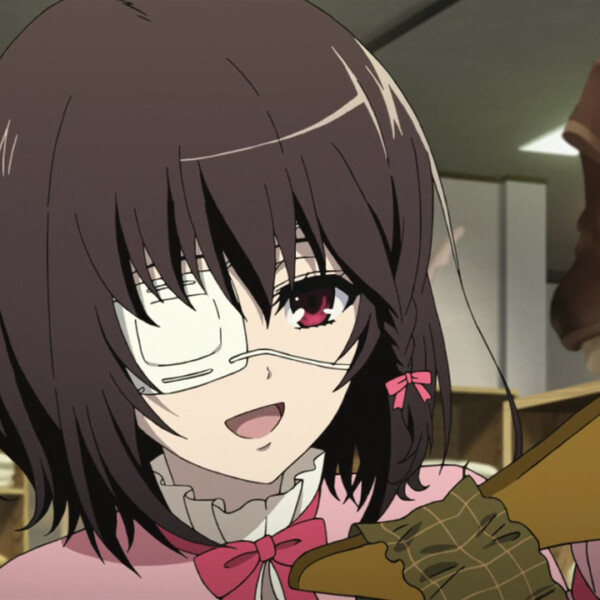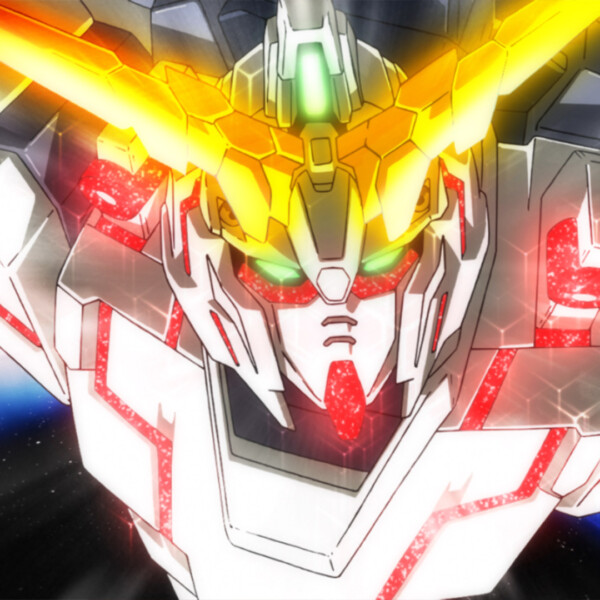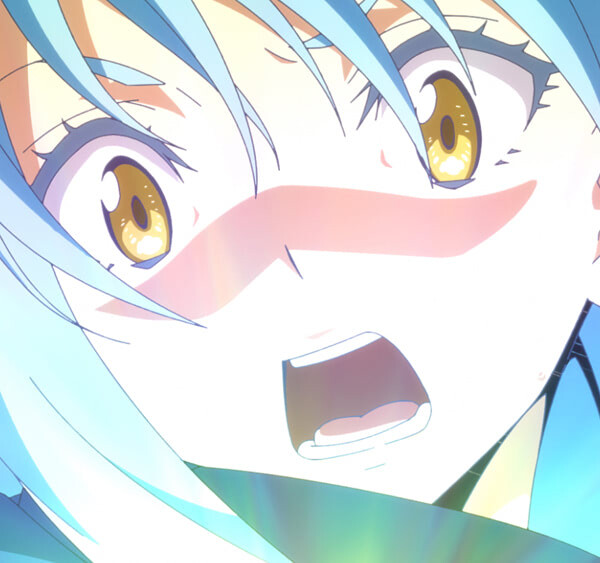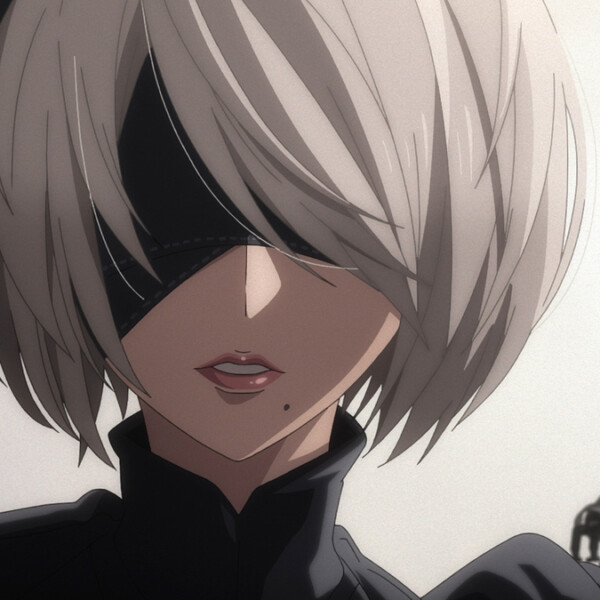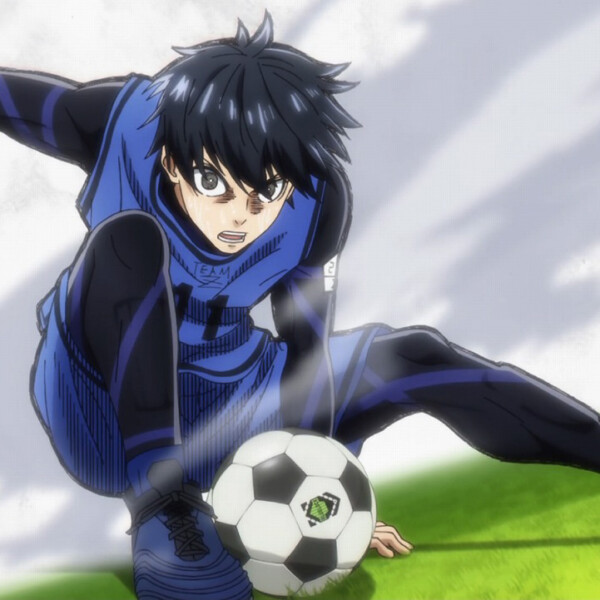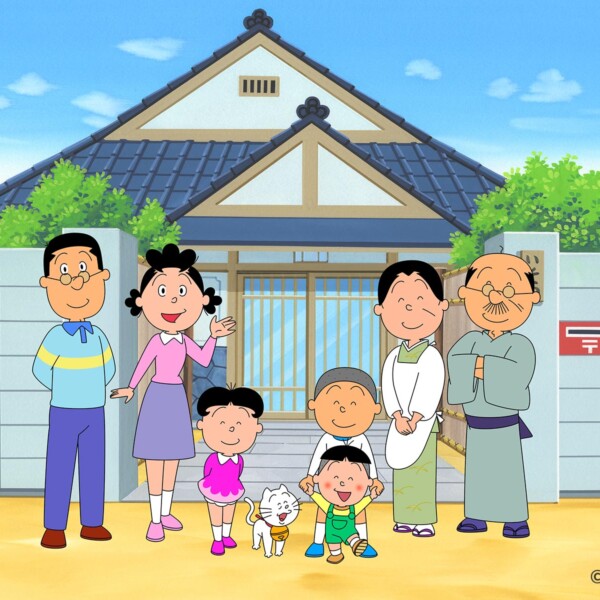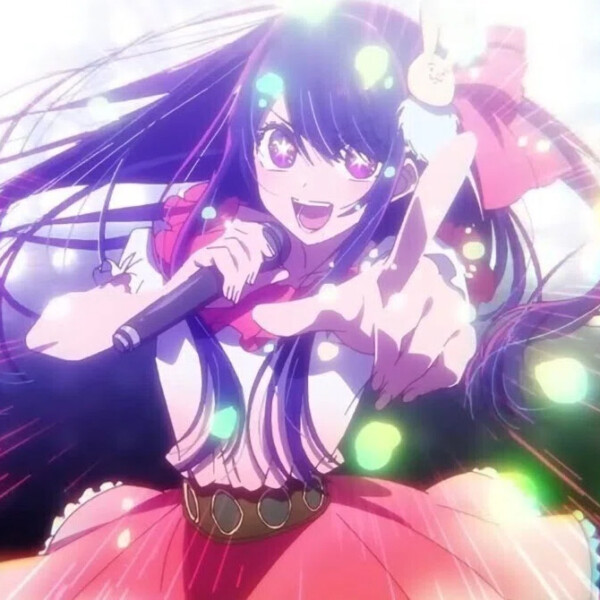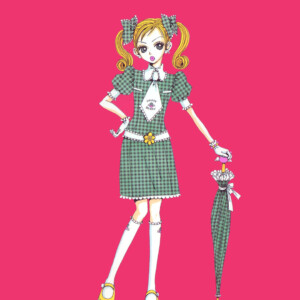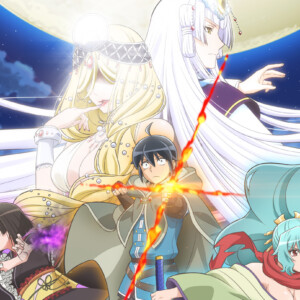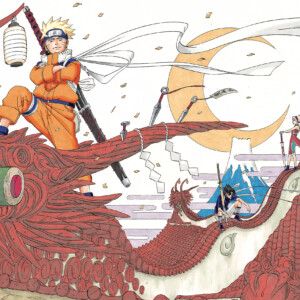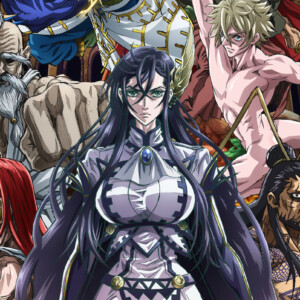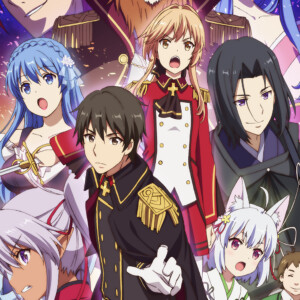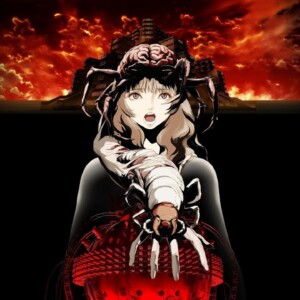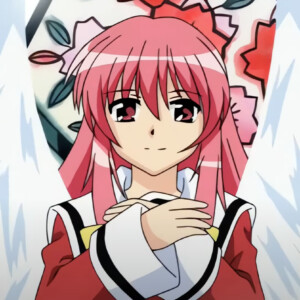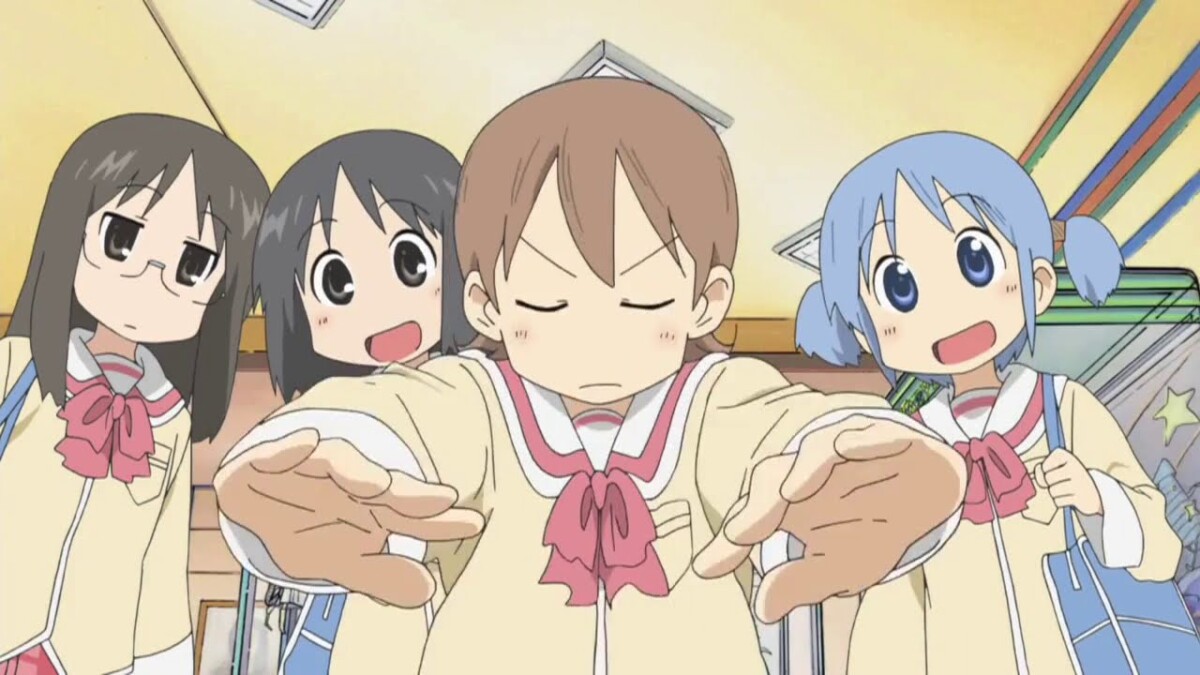
NICHIJOU|Anime
“NICHIJOU” is a Japanese comedy manga by Keiichi Arawi, a manga artist and illustrator, which first appeared in a magazine as a three-month read-only series in 2006.
The manga serialization began in November of the same year, and although the serialization temporarily ended with the December 2015 issue, it resumed in the December 2021 issue.
A TV anime adaptation was made in 2011. It was directed by Tatsuya Ishihara, also known as the director of The Melancholy of Haruhi Suzumiya and AIR.
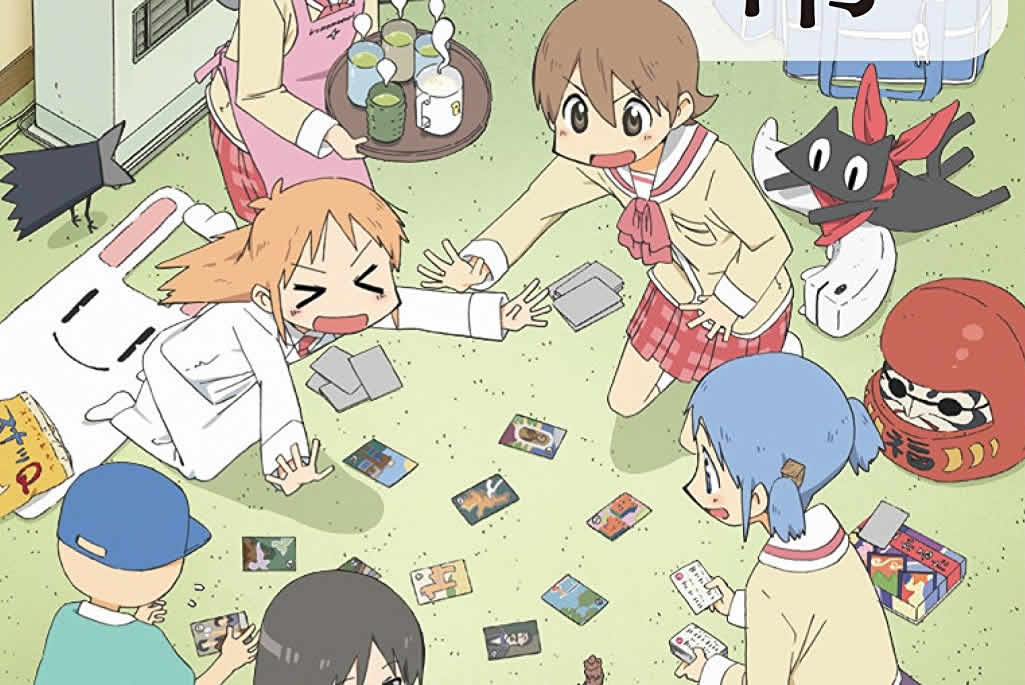
Synopsis
“NICHIJOU” was animated in 2011. The production company is Kyoto Animation, which is known for its careful drawing.
In 2011, a total of 26 episodes were broadcast nationwide, and then a version edited down to 13 episodes was rebroadcast. When the rerun was broadcast, it became a hot topic of conversation on SNS, and the response to its popularity, including the fact that it was rerun again due to fan feedback.
It is a gag anime with one complete episode, and has the aspect of a situation comedy without a continuous storyline. The story begins when “Nano,” a doll robot developed by a girl genius named “Hakase (Doctor),” goes to a high school in the neighborhood for the first time.
NANO” is happy to go to school as a normal human being, but the high school is a surreal school with many unique characters who are beyond the ordinary.
In this surreal school, “NONO” spends his daily life trying not to be recognized as a robot and getting caught up in the chaotic troubles that occur at the school.
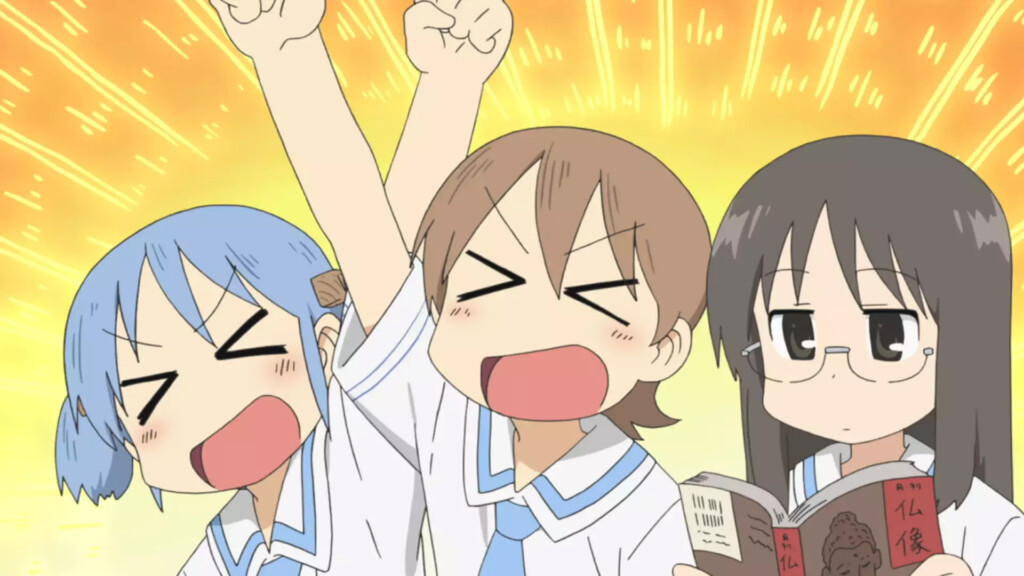
NICHIJOU | Recommendations
“NICHIJOU” is a Japanese gag anime with a chaotic and surrealistic worldview and raging gags, even though the title means “everyday. It is a Japanese gag anime with a unique worldview that cannot be forgotten once seen.
The absurd and outlandish things that exist in “everyday life” are presented alongside the throwaway gags and the surrealistic comedic humor of the unique characters.
Because it features surrealism and chaos, it is difficult to explain the fun of this anime, but it is an anime that should be seen at least once because it has an appeal that draws people in.
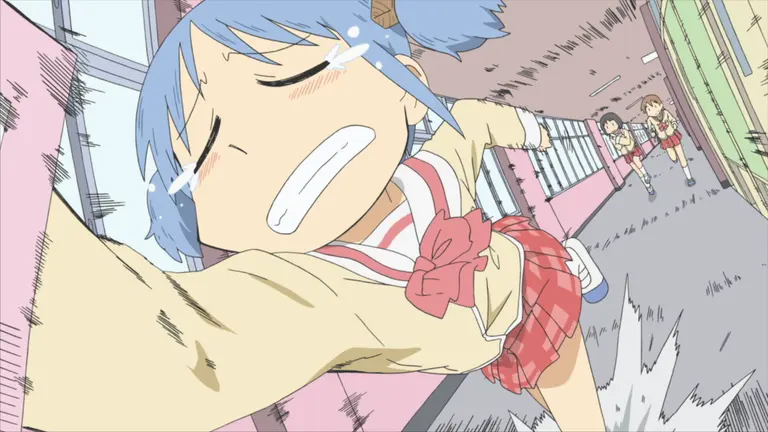
© Keiichi Arawi・KADOKAWA/Shinonome Laboratory LLC


